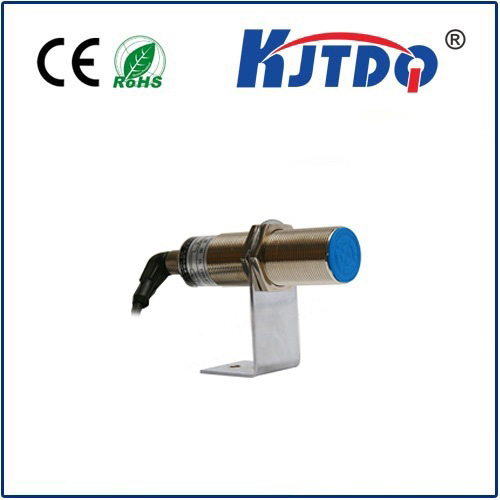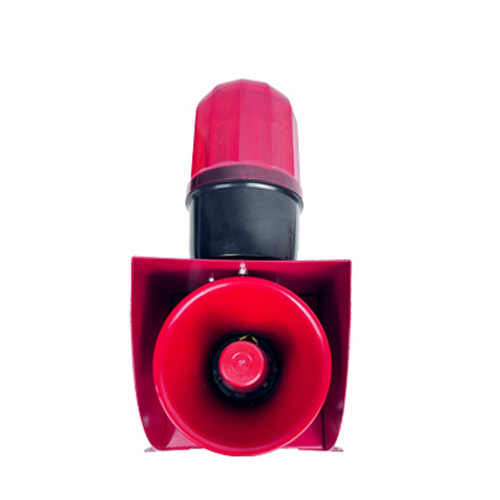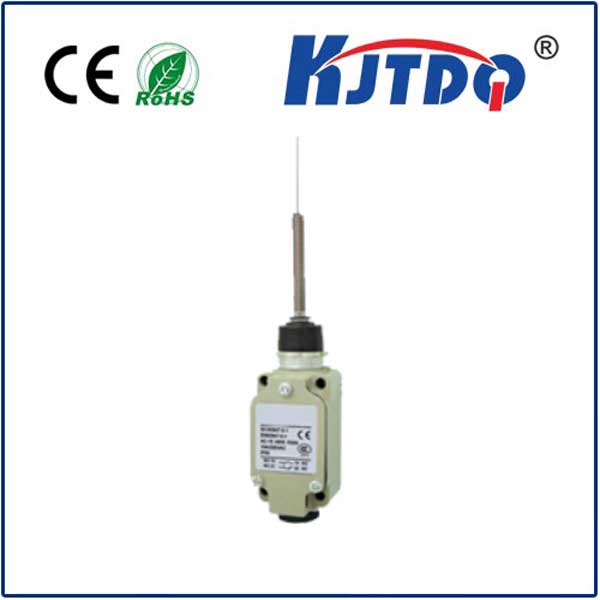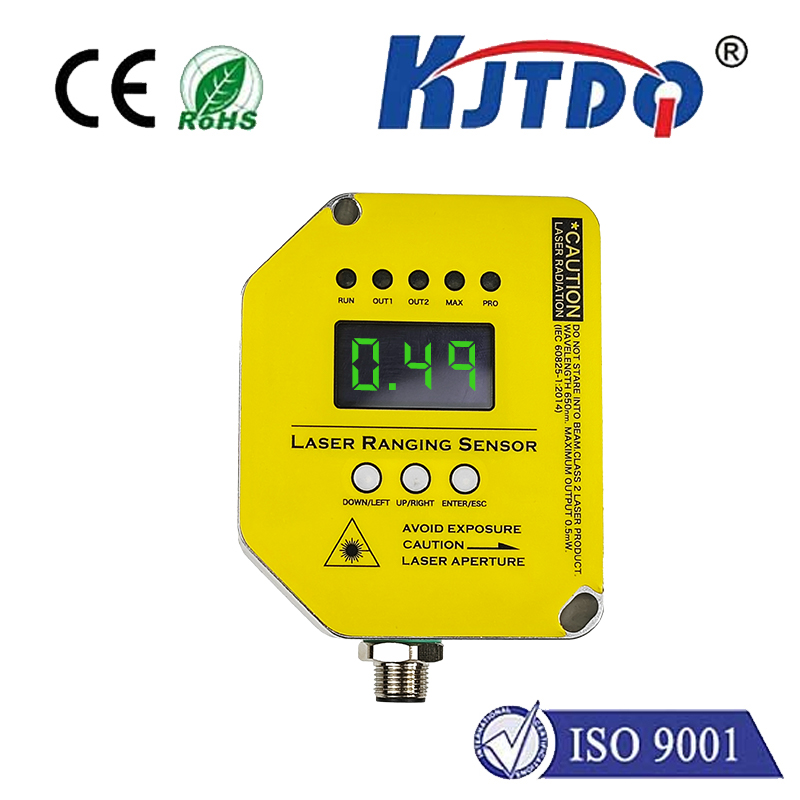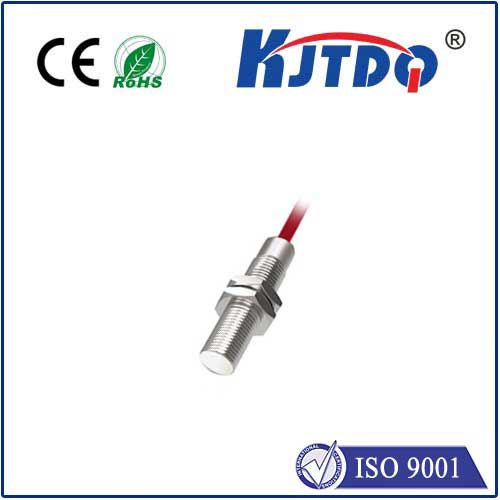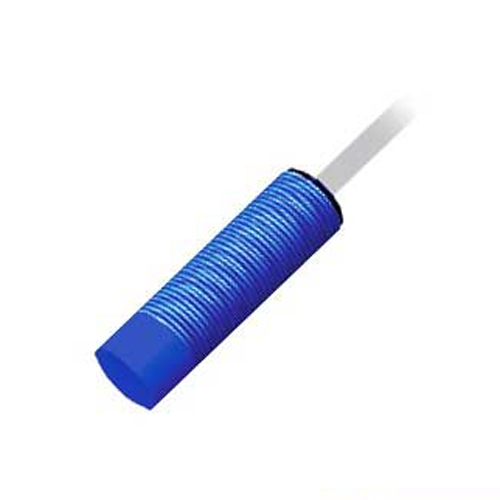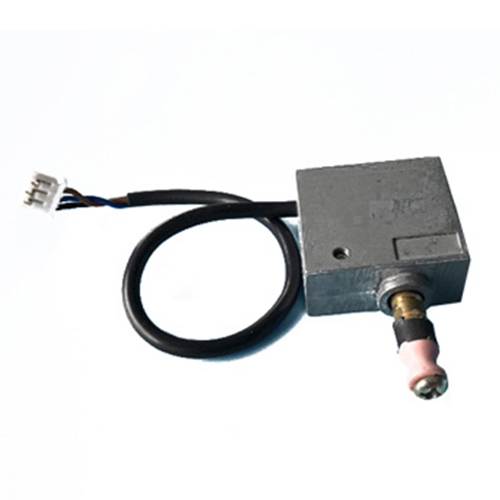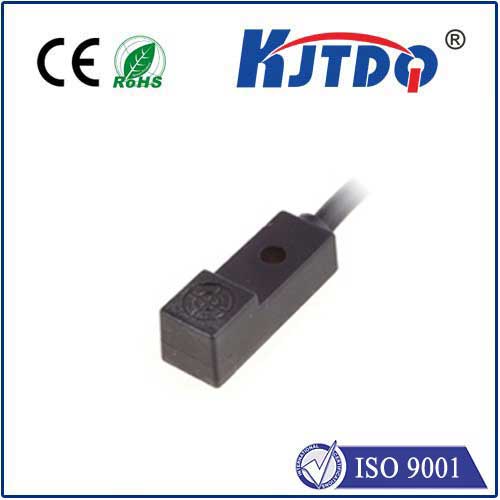limit switch actuator
- time:2025-07-30 14:56:45
- Click:0
Limit Switch Actuators: The Precision Touch in Automated Control
Imagine a high-speed packaging line humming along. Cartons zip through stations for filling, sealing, and labeling. Suddenly, a jam occurs deep within the mechanism. Without a critical safeguard, motors could strain, belts rip, or product pile up chaotically, leading to costly damage and downtime. The unsung hero preventing this catastrophe? Often, a precisely positioned limit switch and its vital companion: the limit switch actuator. This seemingly simple mechanical interface is the fundamental link between the physical world and electrical control circuits, ensuring machines operate safely, reliably, and within their intended boundaries.
Understanding the Core: What is a Limit Switch Actuator?
At its heart, a limit switch is an electromechanical device that changes its electrical contact state (typically opening or closing a circuit) when its actuator is physically displaced by an external object. The limit switch actuator is the specific component designed to transfer mechanical force or motion from the target object (like a moving machine part, door, or product) to the switch’s internal mechanism. Think of it as the “finger” that gets pushed, pulled, or rotated, telling the switch it’s time to act.
Beyond a Simple Button: The Essential Functions
The actuator’s role transcends merely triggering a switch. Its design dictates how the switch interacts with its environment:

- Object Detection & Positioning: It physically senses the presence, absence, or precise position of a moving component. Is the robotic arm fully retracted? Has the press reached its home position? Is the safety guard closed? The actuator provides this crucial positional feedback.
- Safety & End-of-Travel Control: It acts as a physical barrier or indicator, signaling when a mechanism has reached its limit of safe or intended travel. This prevents over-travel that could damage equipment or cause hazards. Emergency stop functions often rely directly on limit switch actuators.
- Initiating Sequence Control: The signal generated by the actuator triggering the switch can start, stop, or change the sequence of operations in a machine cycle. For example, confirming a part is clamped securely before a cutting operation begins.
- Environmental Interface: The actuator shields the sensitive internal switching mechanism from harsh environments like dust, moisture, chips, or impacts, extending the switch’s lifespan.
The Diverse Forms of Actuators: Choosing the Right “Finger”
The effectiveness of a limit switch hinges on selecting the right actuator for the application. Common types include:
- Plunger (or Pushrod) Actuators: Most common linear-action style. A rod is depressed directly by the target object. They offer precise triggering points but require direct linear contact. Variations include spring-return plungers and maintained-position plungers. Ideal for applications like detecting gate closure or end-of-cylinder stroke.
- Lever Actuators: Feature an arm that pivots when contacted. They provide mechanical advantage, requiring less force to trip the switch and can be actuated from various angles. Adjustable levers are popular for fine-tuning the actuation point. Roller lever actuators reduce friction and wear when contacting moving surfaces like conveyor belts or cams. Widely used in material handling and assembly lines.
- Rotary Actuators: Designed for rotational movement. The actuator rotates a specific angle to trigger the switch. Essential for applications like monitoring door position on rotating machinery or confirming turntable indexing.
- Wobble Stick / Flex Rod Actuators: A flexible rod that can be actuated from any radial direction. Excellent for detecting irregularly shaped objects or in confined spaces where access is limited. Common in sorting systems and packaging equipment.
- Forked Lever Actuators: Feature two tines (like a fork) that sense the presence or absence of an object passing between them. Often used for counting or detecting object breaks on conveyors.
Critical Selection Criteria: It’s Not Just Shape
Choosing the optimal limit switch actuator involves careful consideration beyond type:
- Operating Force: How much force is required to reliably trip the switch? Too high might miss signals; too low could cause false triggers. Actuator sensitivity is key.
- Pre-Travel and Overtravel: Pre-travel is the distance the actuator moves before the contacts change state. Overtravel is the safe distance it can travel after tripping without damage. Both are vital for reliable operation and longevity.
- Repeatability: How consistently does the actuator return to its starting position and trip at the exact same point? High repeatability is critical for precision applications.
- Environmental Conditions: Will the actuator face extreme temperatures, moisture, dust, chemicals, or heavy vibration? Sealed actuators or specific materials (like stainless steel) are often necessary for demanding environments. Consider IP ratings.
- Duty Cycle & Expected Lifespan: How frequently will the actuator be triggered? High-cycle applications demand robust designs and materials.
- Mounting Constraints: Physical space limitations dictate actuator size, orientation, and type.
- Target Object: Size, shape, speed, and material of the object contacting the actuator influence selection (e.g., soft roller for delicate objects, steel lever for heavy machinery).
Safety Systems: Where Actuators Become Lifesavers
Actuators play a pivotal role in machine safety systems. Safety interlock switches guarding access points often use robust actuators (like coded magnets or trapped-key mechanisms) that must be physically displaced and positively confirm guard closure before allowing machine operation. The reliability and integrity of the actuator mechanism in these applications are paramount for protecting personnel. Fail-safe designs ensure a safe state (machine off) if an actuator fails or is tampered with. Positive opening contacts within the switch, driven by the actuator movement, are often mandated in safety circuits.
Applications Spanning Industry
The versatility of limit switch actuators makes them ubiquitous:
- Manufacturing: Positioning robots, verifying parts in fixtures, detecting end-of-travel on presses, confirming spindle orientation.
- Material Handling: Detecting pallet presence on conveyors, limiting crane hoist travel, confirming bin levels, opening/closing chutes.
- Packaging: Verifying case erection, detecting missing product, controlling wrapper cut-off points.
- Elevators & Escalators: Confirming door closure, detecting landing positions, emergency stop activation.
- Automotive: Door ajar detection, hood/trunk position sensing, gear selector position.
- HVAC: Damper end-position verification, filter status monitoring.
Optimizing Performance and Longevity
Understanding the nuances of the limit switch actuator is engineering gold. Selecting the right type, considering force requirements and environmental challenges, and ensuring precise positioning are crucial for maximizing system reliability and minimizing unplanned downtime. Ignoring the actuator’s role can lead to switch failures, inaccurate signaling, or even safety hazards. Whether it’s a simple spring-loaded plunger confirming a door is closed or a complex rotary cam follower orchestrating a precise machine sequence, the actuator provides the essential physical touch that keeps automated systems running safely and efficiently. It’s the critical interface where the tangible world reliably communicates with the controlling electrical system.






